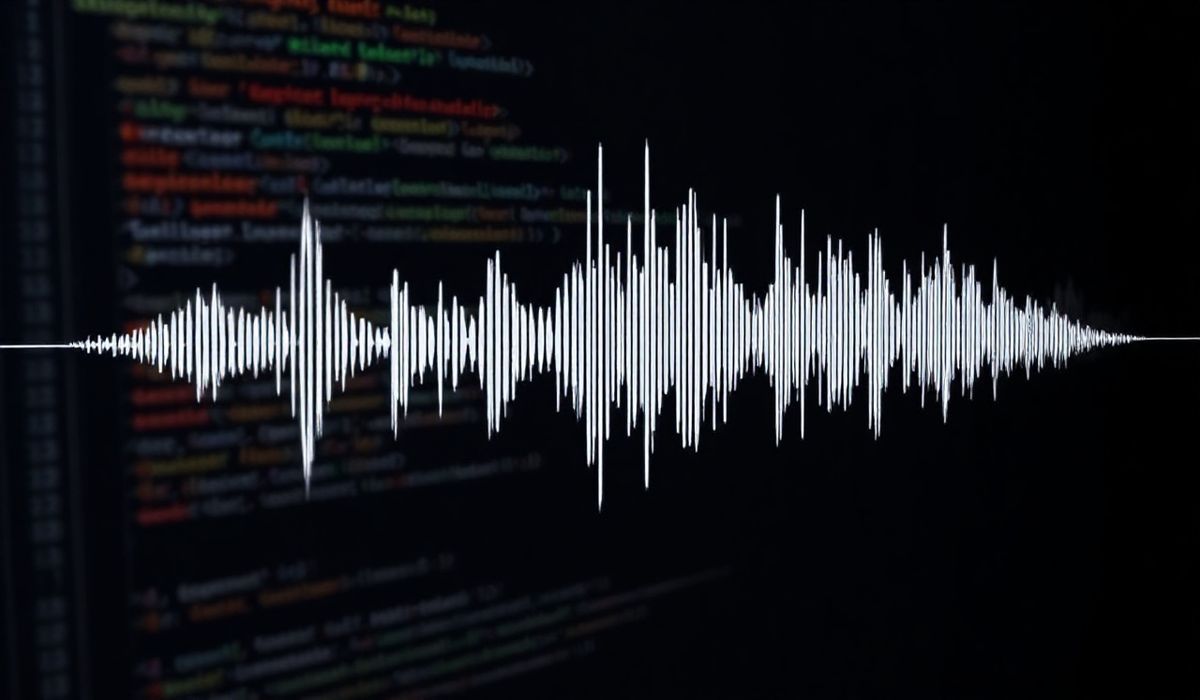Comprehensive Guide to SoundFile API: Mastering Audio File Manipulation in Python
SoundFile is an accessible and efficient library for reading and writing sound files in Python. In this guide, we will delve into the core functionalities of SoundFile and demonstrate its diverse set of APIs with practical code examples. Whether you are a beginner or an experienced user, this guide will walk you through the basics as well as advanced techniques of audio file manipulation.
Table of Contents
Introduction
SoundFile leverages the libsndfile library to handle audio file I/O. It supports a variety of audio file formats such as WAV, FLAC, and OGG. This library not only facilitates reading and writing sound files but also provides capabilities to manipulate audio data for various applications.
Reading Audio Files
Reading audio files is straightforward with the sf.read function. Let’s look at a basic example:
import soundfile as sf
data, samplerate = sf.read('example.wav')
print(f'Sample rate: {samplerate}\nAudio data shape: {data.shape}')
You can also read a segment of the file by specifying the start and stop frames:
data, samplerate = sf.read('example.wav', start=0, stop=10000)
Another useful function is sf.info, which provides metadata about the audio file:
info = sf.info('example.wav')
print(info)
Writing Audio Files
Writing audio data to a file is equally simple with the sf.write function:
import numpy as np
# Generate a dummy audio signal
samplerate = 44100
duration = 2 # seconds
frequency = 440 # Hz
t = np.linspace(0, duration, int(samplerate * duration), endpoint=False)
audio = 0.5 * np.sin(2 * np.pi * frequency * t)
sf.write('output.wav', audio, samplerate)
You can specify different subtypes and formats. For instance, to write a file as FLAC:
sf.write('output.flac', audio, samplerate, format='FLAC', subtype='PCM_24')
Manipulating Audio Data
SoundFile allows you to manipulate audio data in various ways. For example, changing the sample rate or applying a volume gain:
# Halve the sample rate
new_samplerate = samplerate // 2
sf.write('downsampled_output.wav', audio, new_samplerate)
# Increase volume by 2
louder_audio = audio * 2
sf.write('louder_output.wav', louder_audio, samplerate)
You can also read and write specific frames using the sf.blocks function, which processes audio data in blocks:
for block in sf.blocks('example.wav', blocksize=1024):
process_block(block)
Complete App Example
Here is a complete example that demonstrates reading an audio file, modifying it, and writing the output:
import numpy as np
import soundfile as sf
# Read audio file
data, samplerate = sf.read('input.wav')
# Example modification: apply a fade-in effect
fade_duration = 2 # seconds
fade_samples = int(fade_duration * samplerate)
fade_in_curve = np.linspace(0, 1, fade_samples)
data[:fade_samples] *= fade_in_curve
# Write modified audio to new file
sf.write('output_with_fadein.wav', data, samplerate)
With these examples, you can now start integrating SoundFile into your audio manipulation projects and explore its full potential.
Remember to check the official SoundFile documentation for more details and advanced usage.
Hash: 6b7872e14119f79b955267ca50f6d23d16e2d74878857bdef96cdef4f8e461b1




